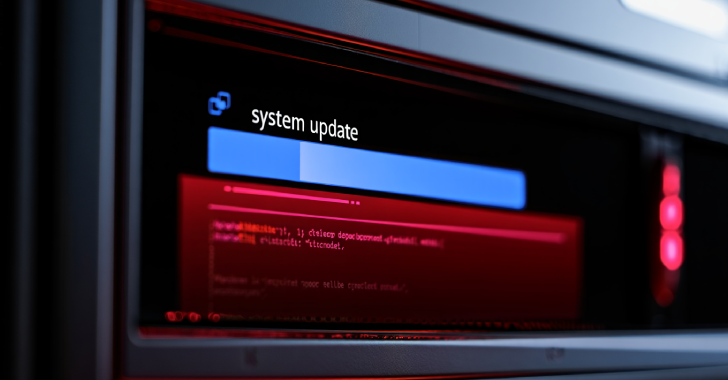Cybercriminals Exploit Python-Based Malware to Conceal Attacks Within Legitimate Windows Processes
In a significant advancement of cyberattack methodologies, security researchers have identified a sophisticated Python-based malware that seamlessly integrates into legitimate Windows processes, effectively evading detection. This development underscores the evolving complexity of fileless attack strategies, where malicious code operates without leaving traditional file-based traces.
Discovery and Initial Analysis
During routine examinations, analysts at K7 Labs uncovered this novel malware, which utilizes a 65 MB data blob predominantly filled with non-functional data, concealing a small yet potent marshalled .pyc fragment at its conclusion. This fragment harbors the core malicious code designed to inject itself into legitimate Windows executables, thereby maintaining a low profile within the system.
Technical Breakdown of the Malware
The malware exhibits several advanced features that contribute to its stealth and efficacy:
– Multi-Layer Encoding: Employs multiple layers of encoding to obfuscate its payload, complicating detection and analysis efforts.
– Archive Masquerading: Disguises malicious archives as benign file types, such as PNG images, to bypass security filters that typically scrutinize executable files more rigorously.
– Bundled Python Runtime: Incorporates a full Python runtime environment within a signed executable that appears legitimate, facilitating the execution of Python scripts without raising suspicion.
Infection Chain and Execution Flow
The malware’s infection process is meticulously crafted to avoid detection:
1. Initial Execution: A Portable Executable (PE) dropper initiates the process by decrypting and executing a batch script using runtime decryption techniques.
2. Batch Script Deployment: The script, named `config.bat`, is placed in the public user directory and proceeds to download a file masquerading as a PNG image from a cloud storage service.
3. Archive Extraction: Despite its image file appearance, the downloaded file is actually a RAR archive. The script utilizes the built-in `tar` command to extract its contents, revealing:
– `AsusMouseDriver.sys`: A password-protected RAR archive disguised as a system file.
– `Interput.json`: Renamed to `Install.bat`, serving as a script for further execution.
– A legitimate WinRAR executable: Used to extract the contents of the password-protected archive.
4. Payload Deployment: The `Install.bat` script employs the WinRAR executable to extract the `AsusMouseDriver.sys` archive using a hardcoded password, resulting in:
– `ntoskrnl.exe`: A fake executable that actually contains the bundled Python runtime.
– `Lib\image`: An obfuscated payload file.
5. Execution and Process Injection: A decoy PDF is opened to distract the user while the malicious code undergoes a sophisticated de-obfuscation process involving Base64 decoding, BZ2 decompression, Zlib decompression, and marshal loading. The final payload is then injected into `cvtres.exe`, a legitimate Microsoft resource conversion utility, to establish encrypted command-and-control communications.
Implications and Security Recommendations
This malware’s ability to integrate into legitimate processes and operate filelessly presents significant challenges for traditional security measures. To mitigate such threats, organizations are advised to:
– Implement Behavioral Analysis Tools: Utilize security solutions capable of detecting anomalous behavior indicative of process injection and fileless malware activities.
– Regularly Update Security Protocols: Ensure that all security systems are updated to recognize and respond to the latest obfuscation and evasion techniques employed by modern malware.
– Educate Users: Conduct ongoing training to help users identify and avoid potential phishing attempts and suspicious downloads that could serve as entry points for such sophisticated malware.
As cyber threats continue to evolve, staying informed about emerging attack vectors and implementing comprehensive security strategies are crucial for safeguarding organizational assets against advanced malware campaigns.



